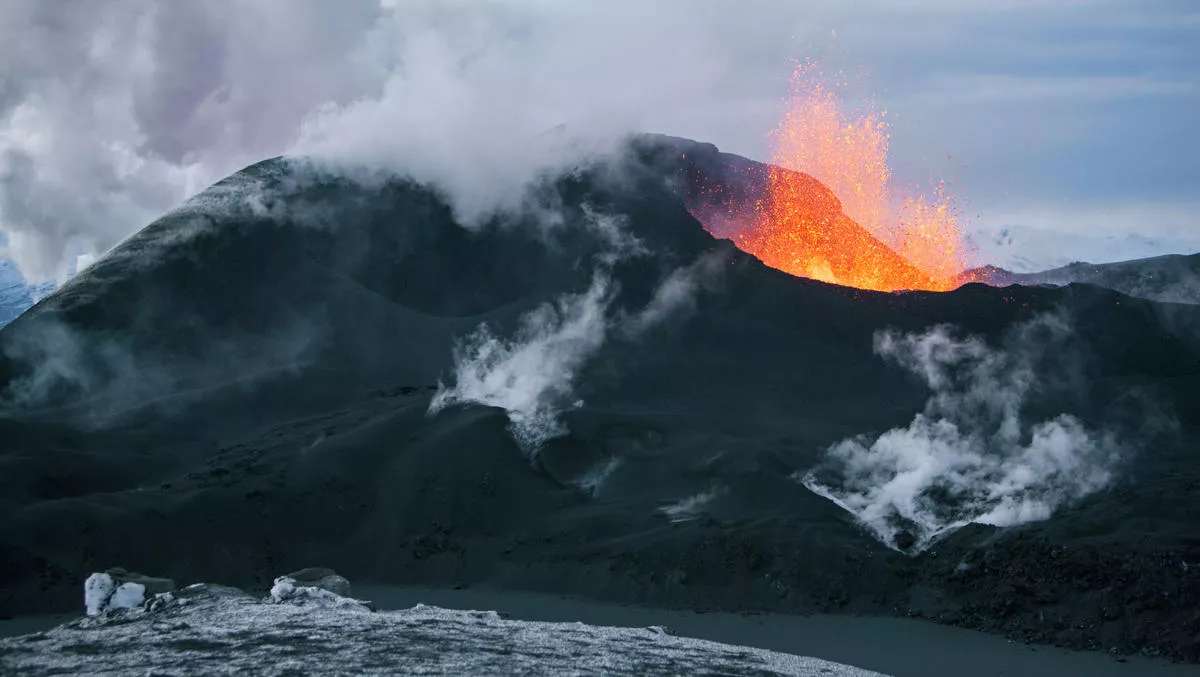
When whatsitsname blew its top
On April 14th, a volcano in Iceland whose name challenged newsreaders everywhere, erupted. It caused widespread disruption and cost millions of dollars.
Eyjafjallajökull (translated as island-mountain glacier) rests atop an active volcano that had previously erupted four times – the last time in 1823.
The April 14th eruption occurred beneath glacial ice, which chilled the lava, turning it into glass particles that were then blown into the upper atmosphere. These particles, if sucked into an airliner's engines, can cause them to fail. In 1982, a British Airways Boeing 747 flew through a cloud from an Indonesian volcano, causing all four engines to shut down. The crew managed to glide out of the cloud and restarted the engines.
The incident caused a major revision of air safety regulations.
As a result of the Icelandic eruption, controlled air spaces in countries across Europe were shut down for several days, stranding millions of passengers worldwide. The airlines are estimated to have lost $US1.7 billion, and the long-term cost to businesses of this disruption is still being measured.Some airlines, which are battling financial woes, have claimed that the shutdown was excessive, based only on a computer model of the atmospheric effects. They say better sampling of the atmosphere is needed in future.
Subsequent test flights have suggested that the ash cloud was not as harmful as first thought, that flights could have resumed much sooner, and that some areas need not have been closed at all.
The incident highlighted the need for better planning. Volcanologists are warily watching Iceland's even larger volcano, Katla, which erupts about every 100 years and last blew in 1918.
The European Union's Transport Commissioner is promising a coordinated effort towards a better future response, while the United Nations' Special Representative for Disaster Reduction said a global plan was needed to deal with the aftermath of major eruptions.
But should the effect of Eyjafjallajökull be measured purely in monetary terms? One blogger pointed out that the European aviation industry generates 344,109 tons of CO2 per day. Eyjafjallajökull generated 7,412 tons, but the cancellation of flights due to the eruption saved 206,465 tons. The ozone layer, it appears, was the winner.

